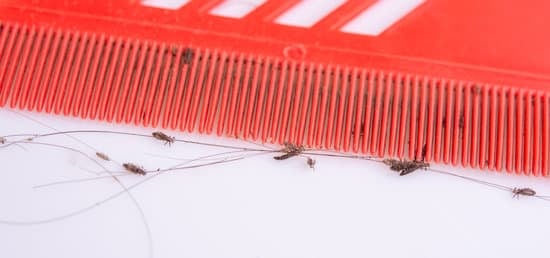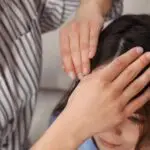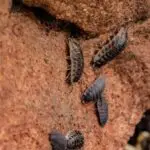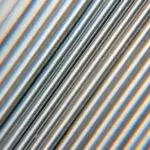Why Are Head Lice White?
Adult head lice are grayish white or tan. The life cycle of head lice lasts about three weeks. Lice lay eggs that look like dandruff and stay stuck on the hair. They feed several times daily. Head lice can survive for up to two days off the scalp. Symptoms of head lice may include itching and red, swollen skin.
Children in preschools and elementary schools are most at risk for infestation. Some studies indicate that girls are more likely to contract head lice than boys. This is likely due to more head-to-head contact and longer hair, which provides more darkness and warmth. Furthermore, African American children are less likely to contract head lice compared to their white and Asian counterparts. This is mainly due to the fact that lice claws are harder to grasp African American hair.
While most people are aware of the symptoms of head lice infestation, it is not always easy to identify the source of infection. It is usually transmitted by other children or by sharing hair accessories. While lice are most common among children ages three to eleven, they can affect adults as well. Often, the source of the infection is not apparent until the nits have grown out and the eggs are attached to the hair shaft.
Head lice are very difficult to spot with the naked eye, but can be detected if you use a magnifying glass. The most common places for lice to be found are behind the ears and along the hairline on the back of the neck. Adult lice can live for about three to four weeks and lay up to 10 eggs per day.







